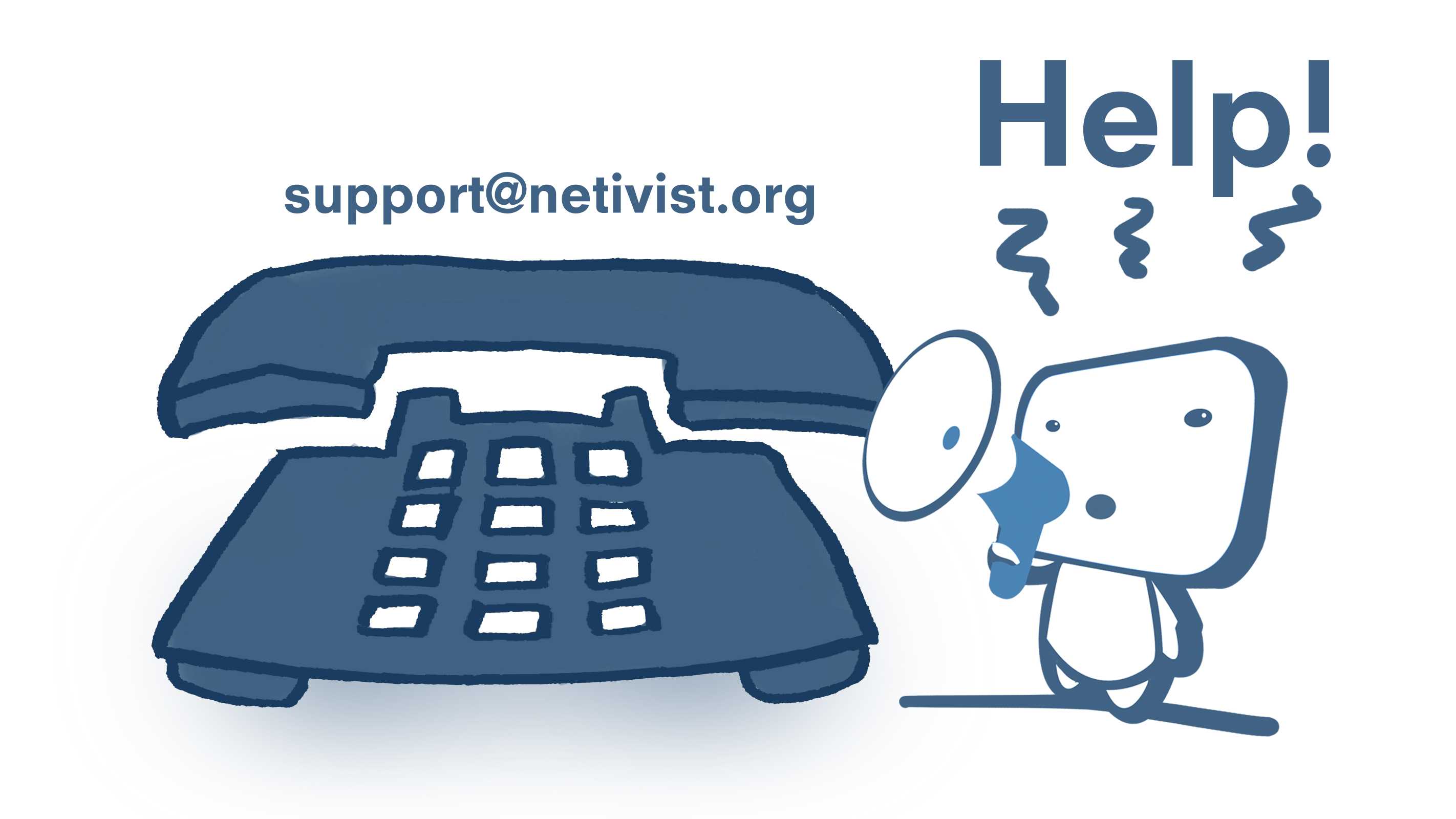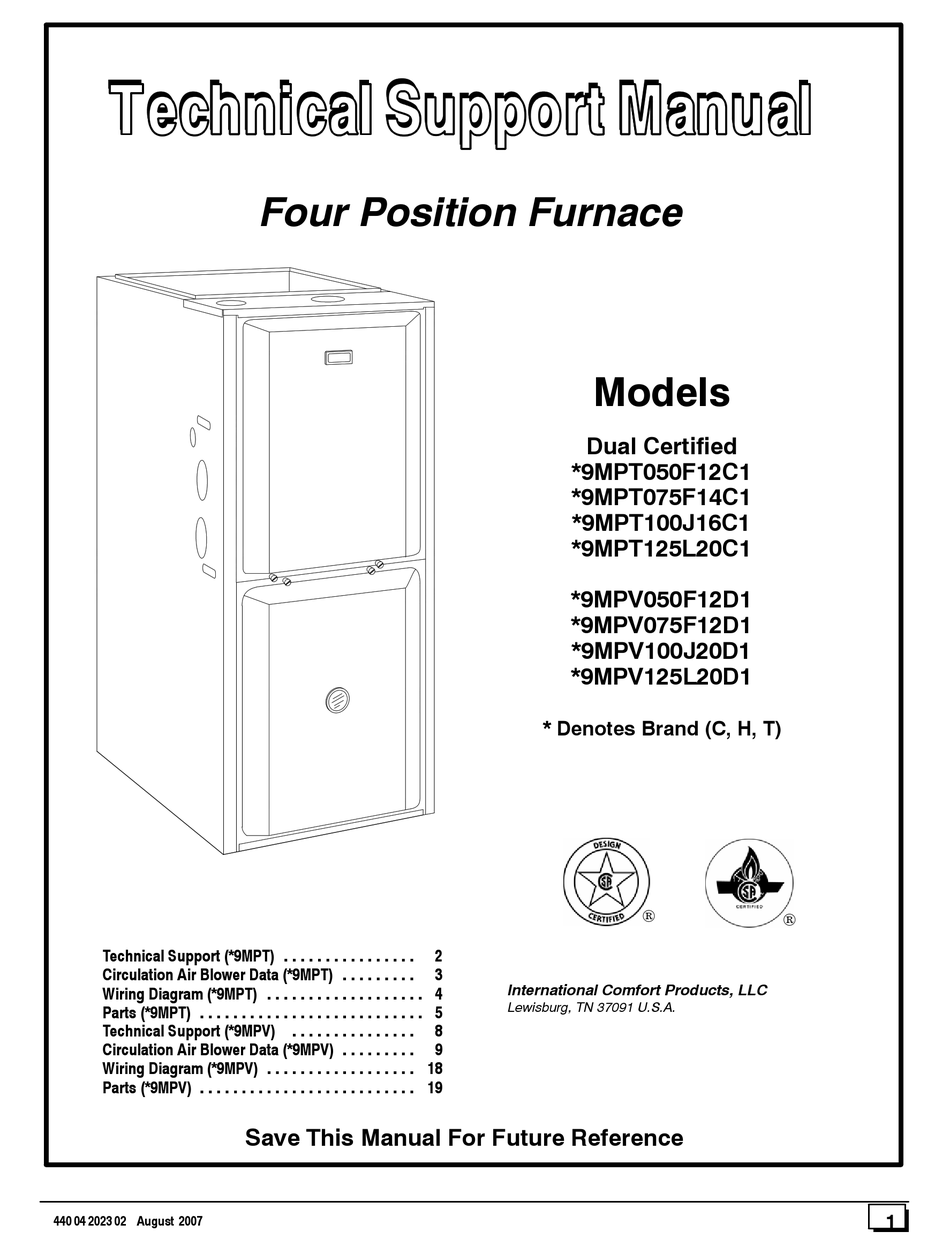
Also, it was definitely a much larger team in Barracuda. How do you come and tell them they really need to be investing in this new exciting thing that's making no money right now, but will be big one day? I think that's definitely a challenge in larger organizations. It's selling well, and it's working great. One difference is definitely the innovator’s dilemma, where the company has a certain momentum from spending years and sometimes decades building stuff. What are some key differences you've observed? I'm sure that building a product within a big company is very different than building a product within a startup. I ended up leaving for even more exciting opportunities today it's Monte Carlo. I stayed for a long time and really enjoyed it. It was the first time that I was working for people that were far ahead of me in their careers, and I had a great opportunity to learn and really see how they look at things, how they do business, and how they lead teams. Throughout my career before, I mostly worked in smaller startups, and you're learning a lot of the time by doing and figuring stuff out and making your own mistakes. I learned a ton about the technology, the market we were operating in, building teams and companies, and learning from senior leaders. It was the fastest-growing product for Barracuda ever and ended up leading the market. We had this very unique approach to solving this problem that didn't exist back then, and it aligned pretty well with the things that we do at Sookasa, so we ended up building and launching a product at Barracuda. We got a carte blanche to “go and do something exciting it can be whatever you want.” We were thinking, “What are some adjacent fields where we can really build something even bigger and even more exciting?” It was the time when various types of highly personalized phishing attacks and account takeover attacks and other forms of e-mail fraud were growing really fast, and we realized that the industry was lagging behind in addressing it. When we joined Barracuda, we were fortunate to work with some really great leaders. What did you do there?īarracuda acquired Sookasa. Like, where do you get your passion? Where do you see customers getting excited? Where are things moving and changing quickly? It worked for me.Īt Barracuda, you were senior vice president of engineering with email protection. That’s something I would tell anyone thinking of starting a company: it's worthwhile looking through several different teams, if you can, and several different spaces and ideas and see where things stick. It ended up being the right opportunity for me among several that I explored. What I ended up doing with my co-founder back then just ended up feeling right. You go between different projects and different ideas. It was just too exciting to pass up, and I actually worked with a handful of people. I think I made a decision independently that I wanted to start a company. When was the moment you decided to start this together? Were you always talking about putting a company together or did you have an idea first and then join forces?

We partnered together to start Sookasa in the cybersecurity space. I dabbled with thinking I might do non-tech stuff or semi-tech stuff like VC but ended up deciding I wanted to do the thing I love best, which is startups and engineering. It brings together general business and leadership training along with an environment that's very tech-oriented and startup-oriented. That’s what inspired me to come to Stanford. I worked for a couple of startups in Israel in my 20s, and at some point, I wanted a new adventure to learn things beyond engineering and maybe try a different place as well.

Tell me a little bit about the journey that you took and some of the decisions that you made.
SOOKASA TECHNICAL SUPPORT CODE
But I'm still hoping that one day I'll get to get back to writing code all day long. I did find myself spending a lot of time on non-engineering stuff because I have spent a lot of time in an early-stage startup where you get to do a lot of different things. I'm definitely an engineer by training, and this is where my heart is at. I've been going back and forth about that.

Tell me a little bit about who you are, Lior. He says in a larger organization, one of the best ways to have an impact is to hire the right people and set the culture for your team. In between startups, he worked at Barracuda after they acquired Sookasa. Now as the co-founder of Monte Carlo, which helps teams manage the reliability of their data, he is keeping his eyes open for opportunities to become a category-building company. His cybersecurity company, Sookasa, was too focused on a small part of the market, and Gavish says they missed opportunities to expand. Even though he founded a successful startup, Lior Gavish realizes he made some mistakes there that he is working to avoid on his new endeavor.


 0 kommentar(er)
0 kommentar(er)
